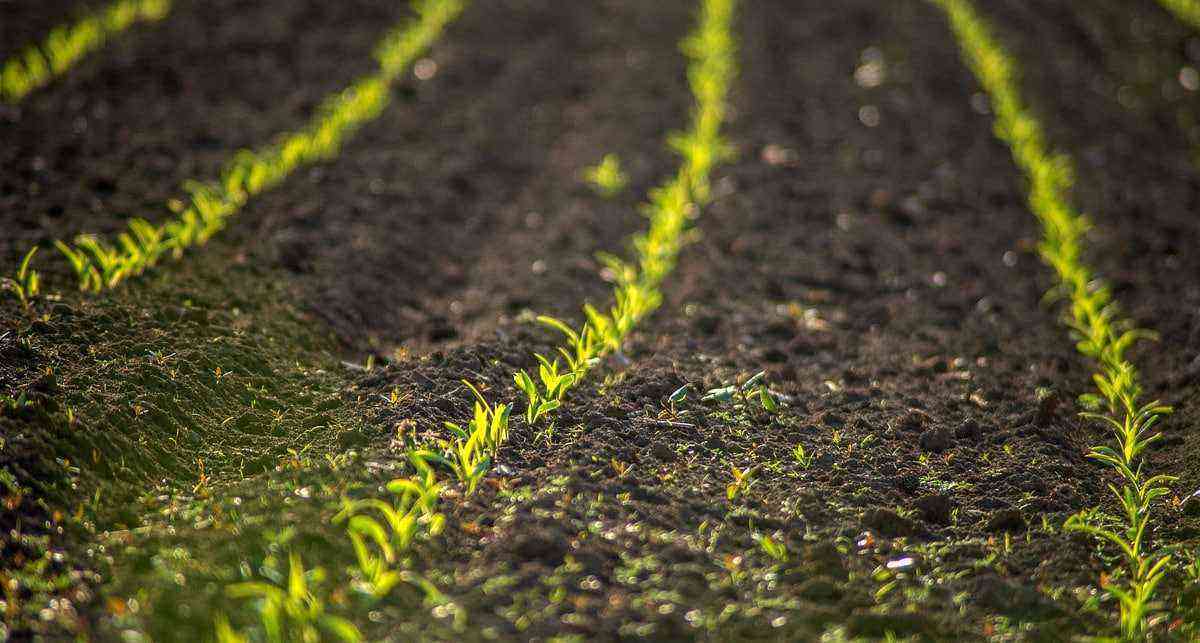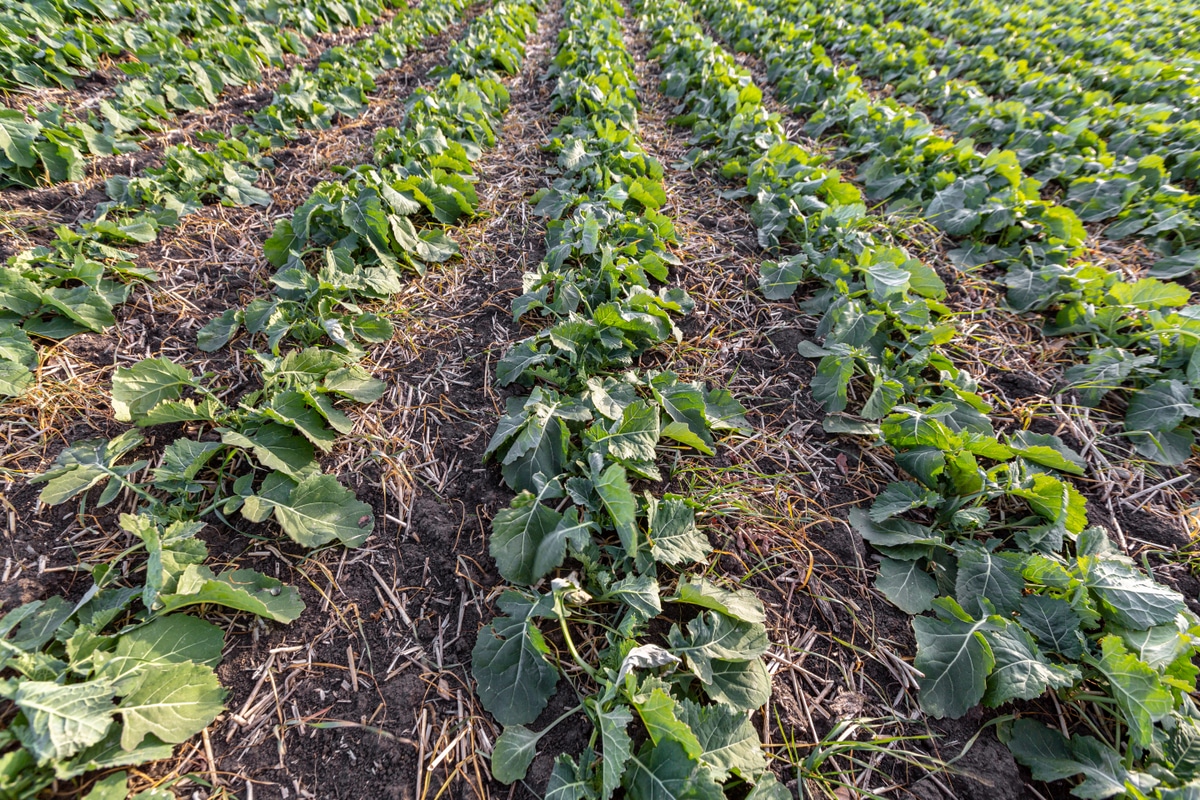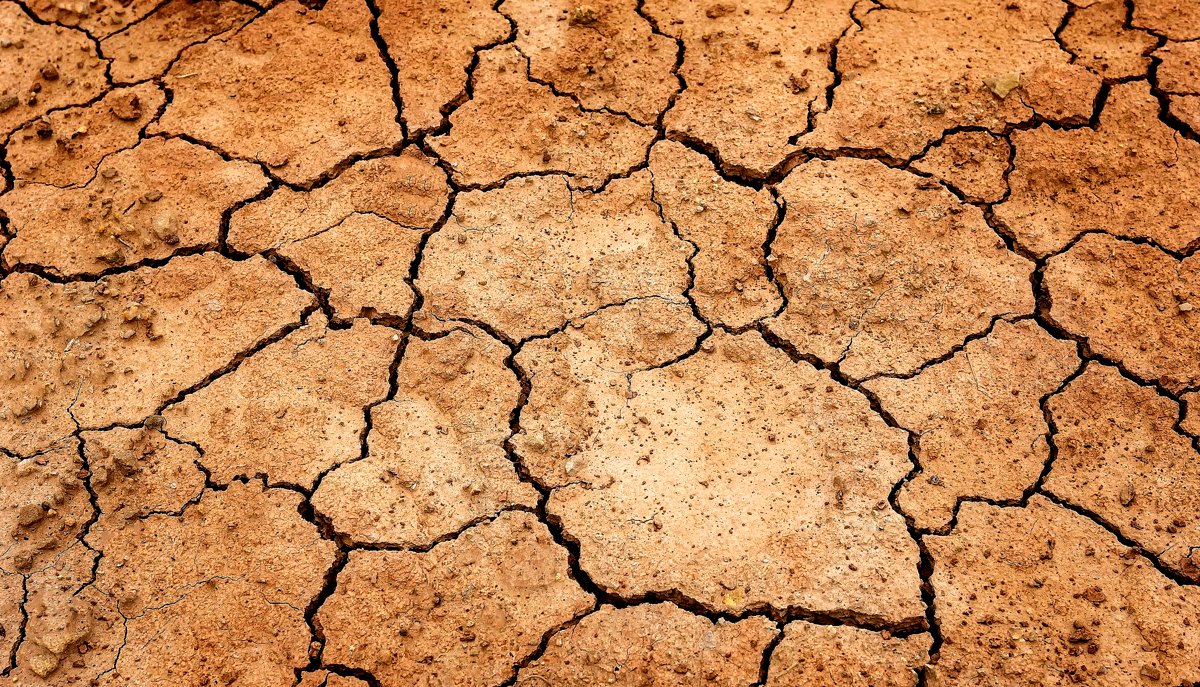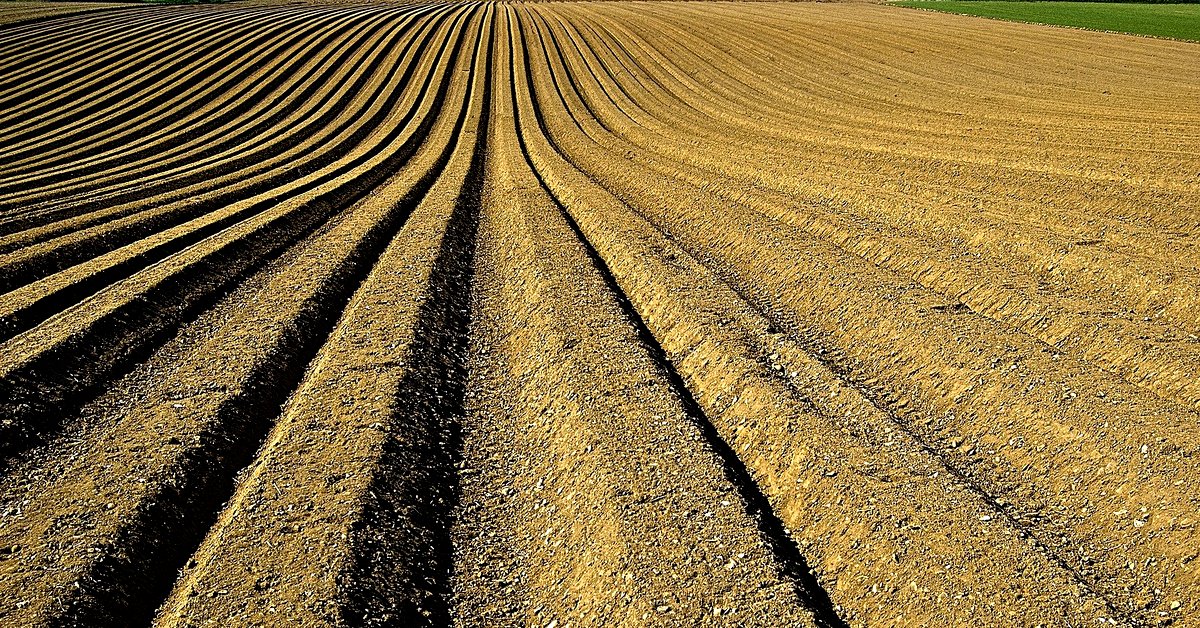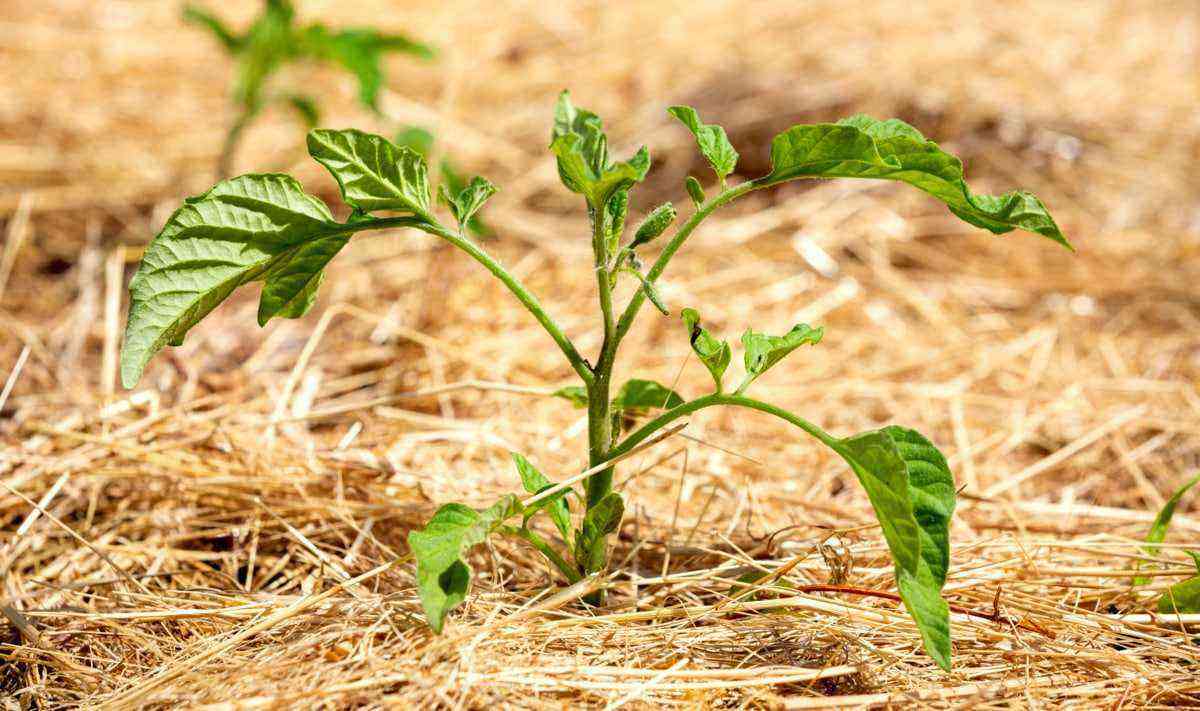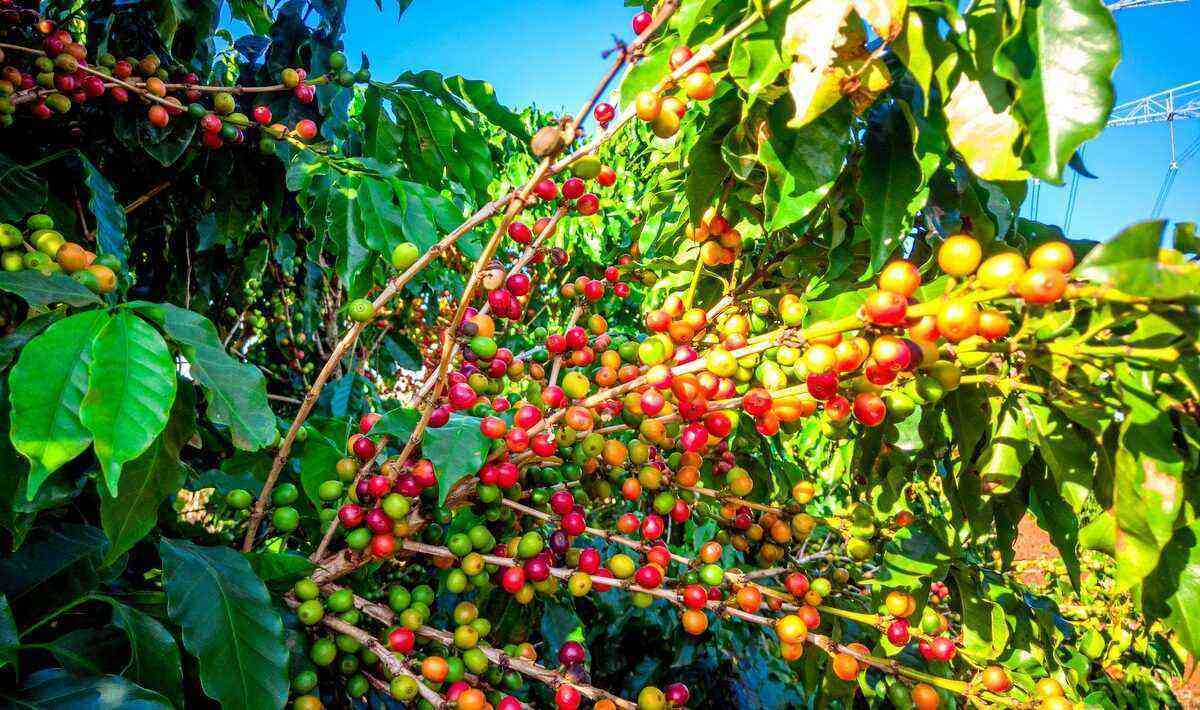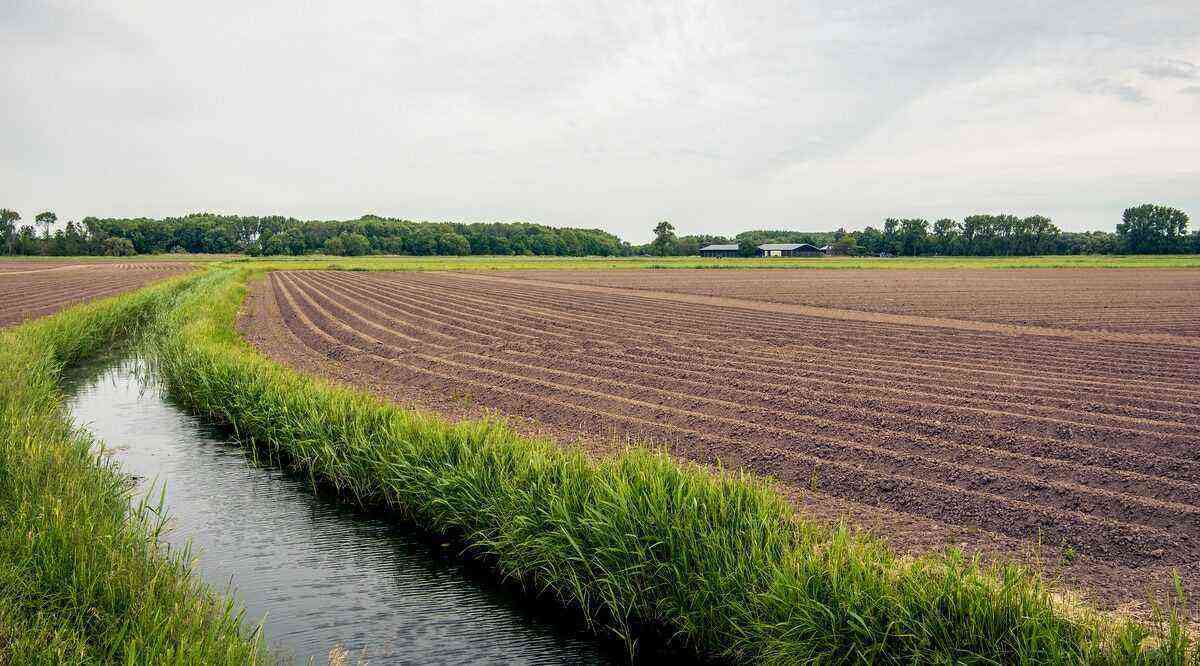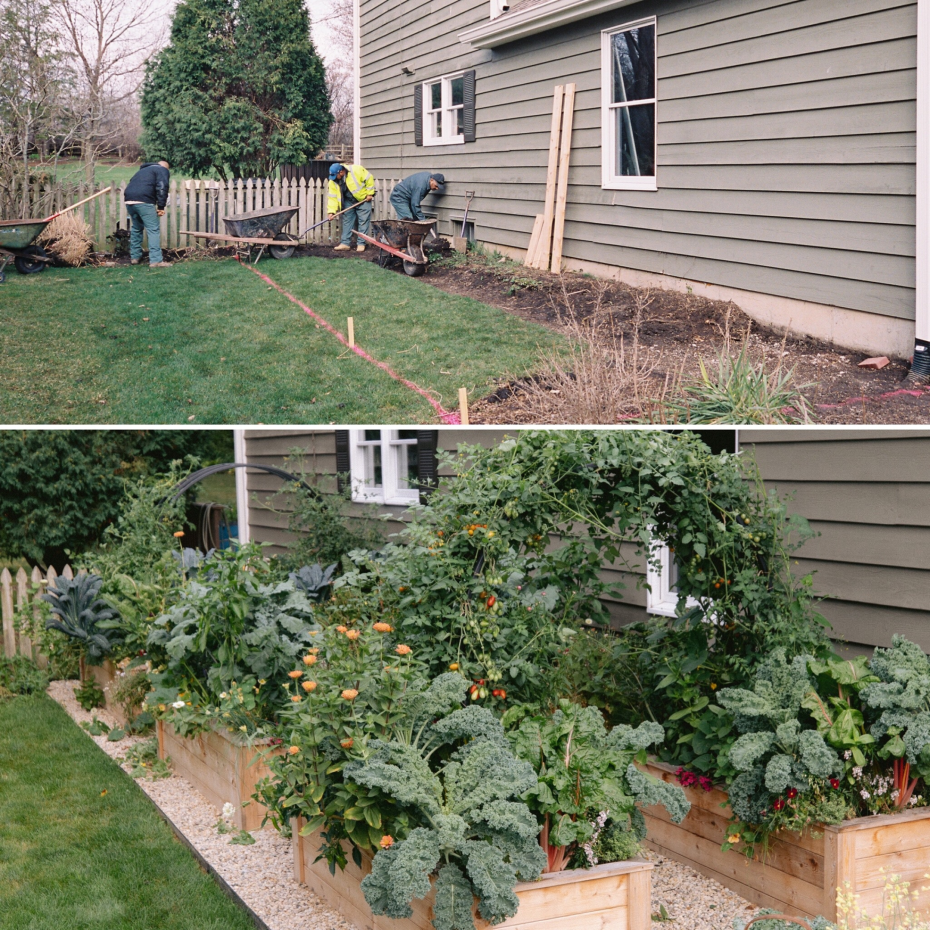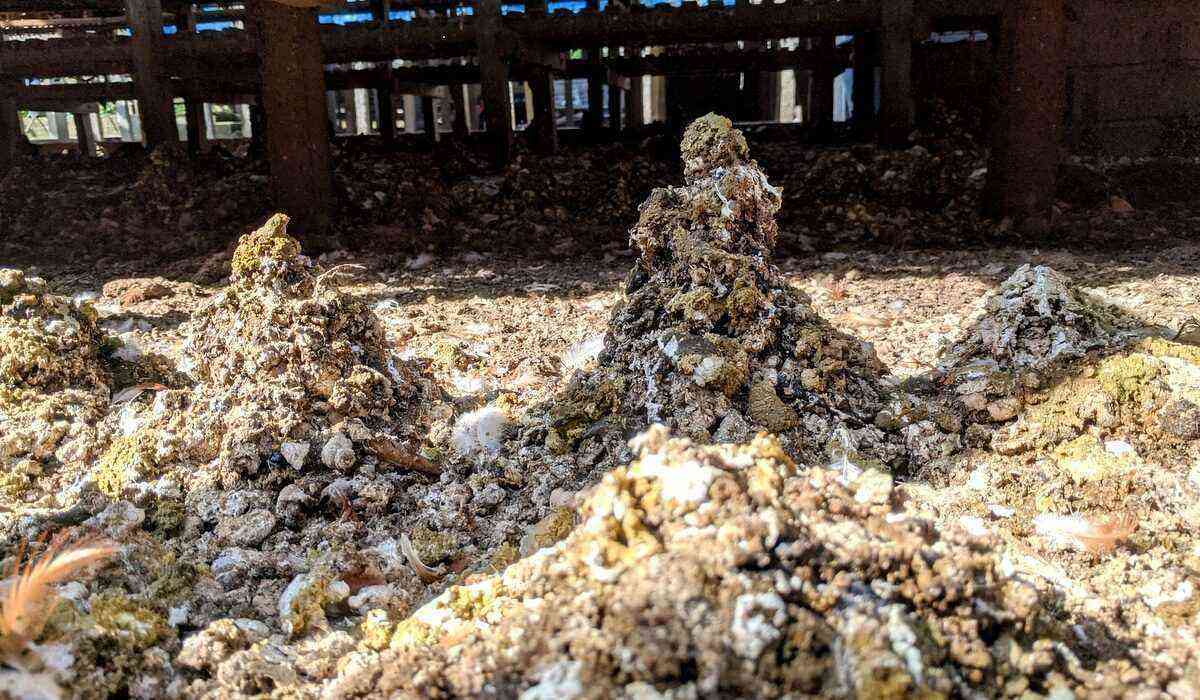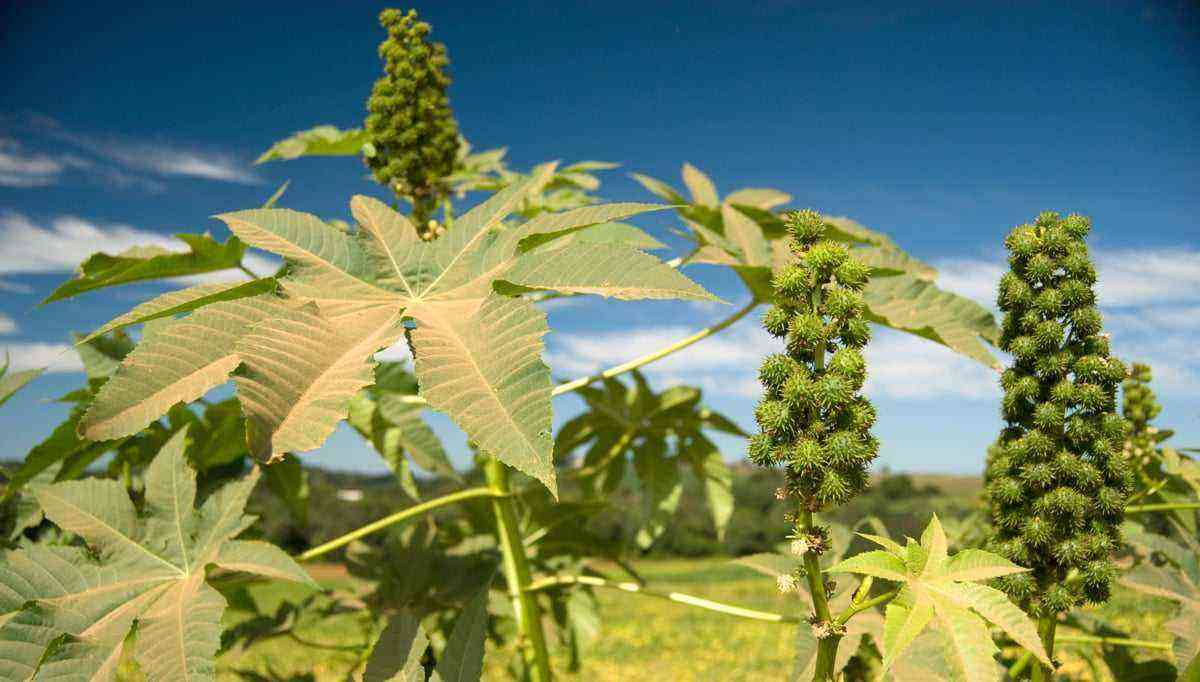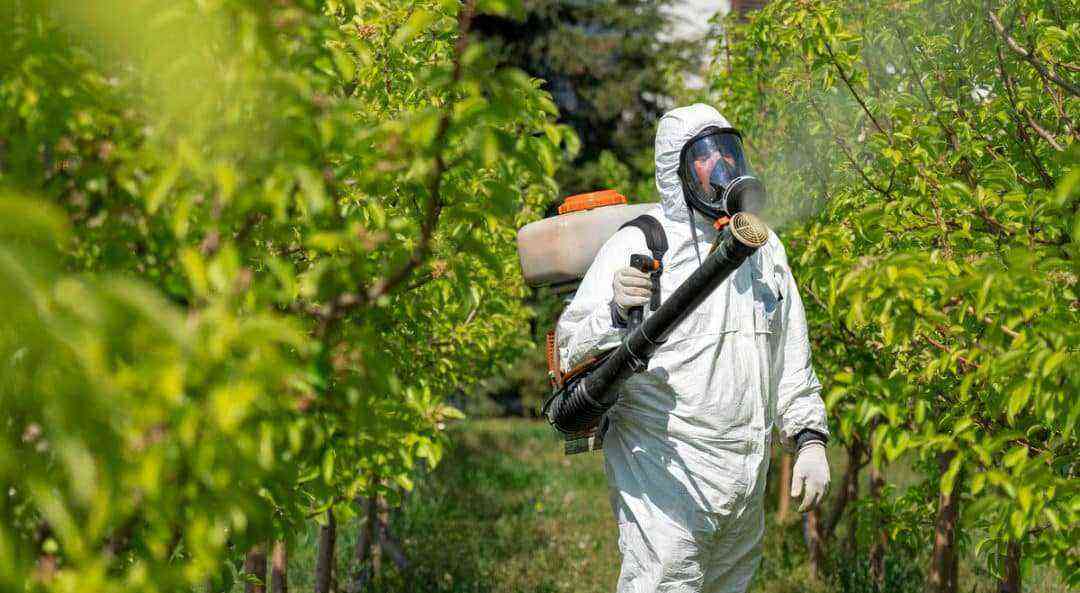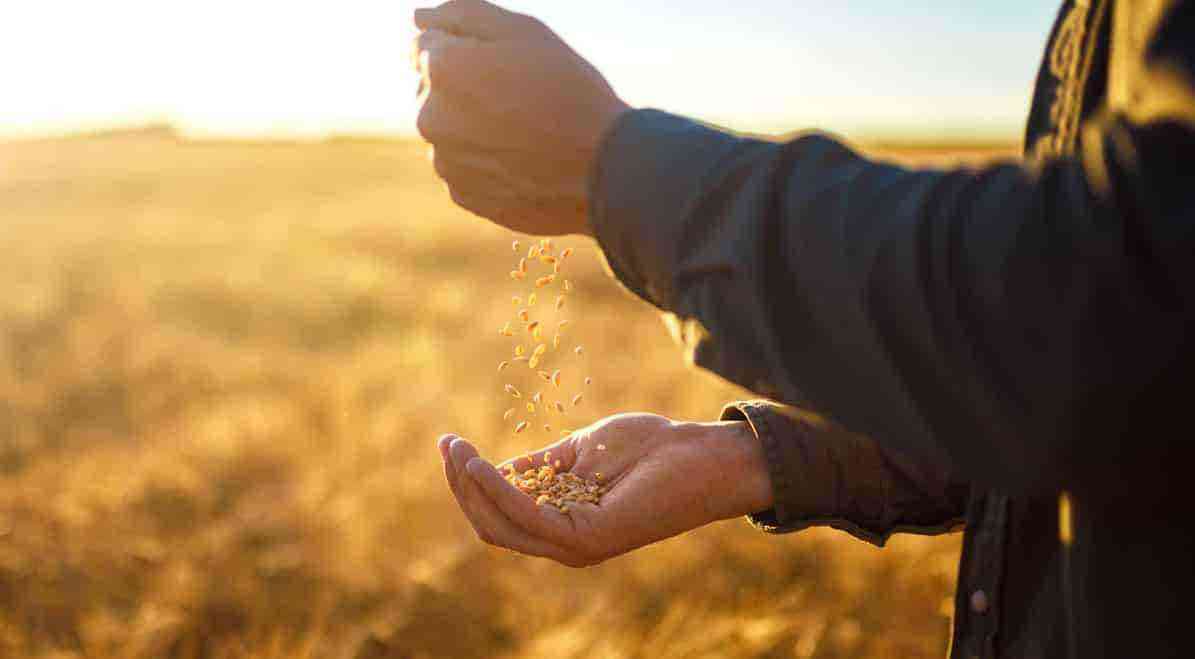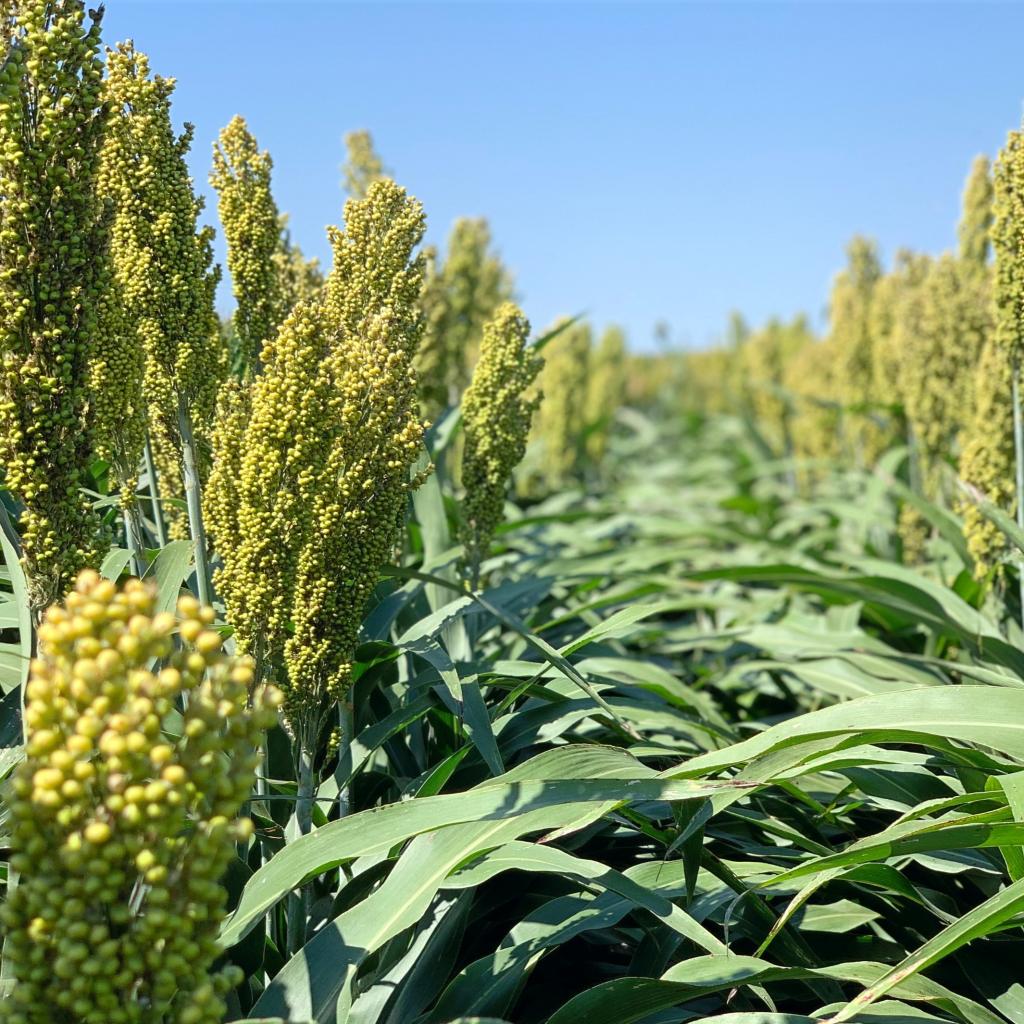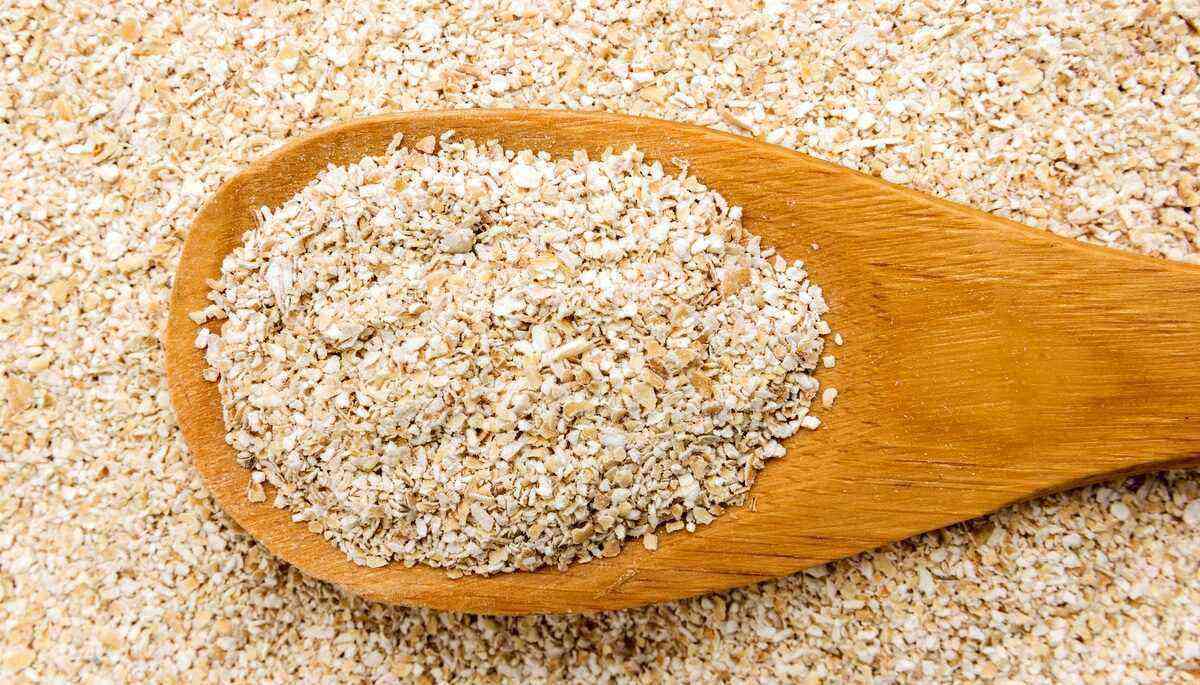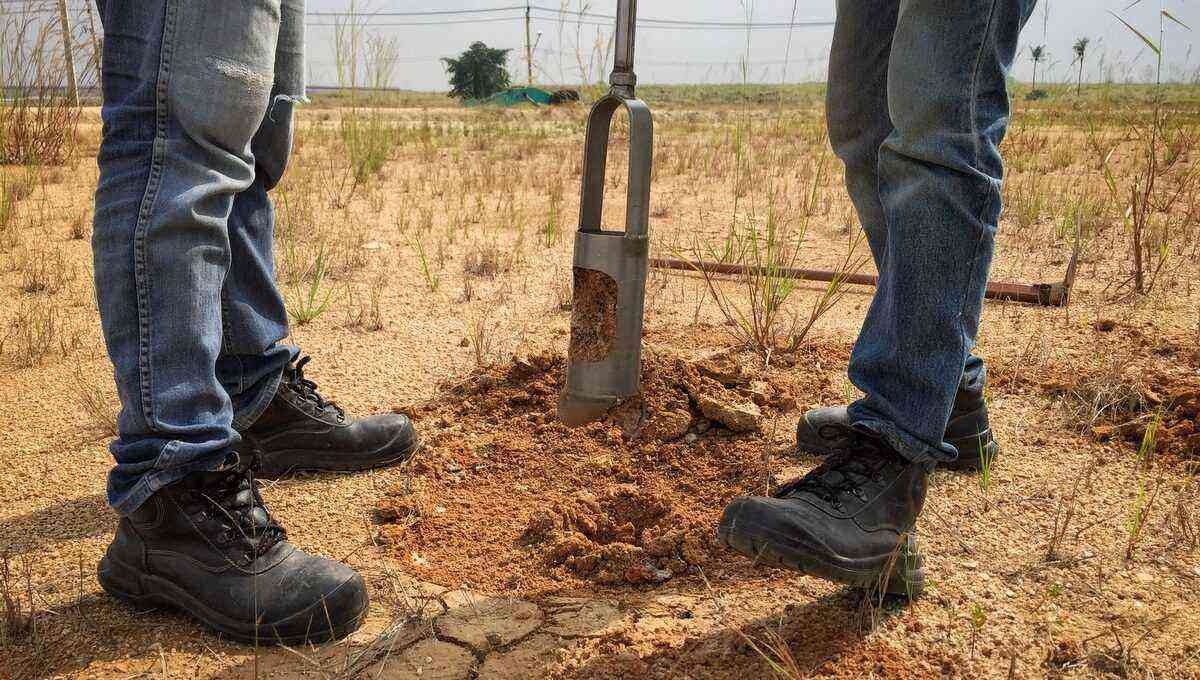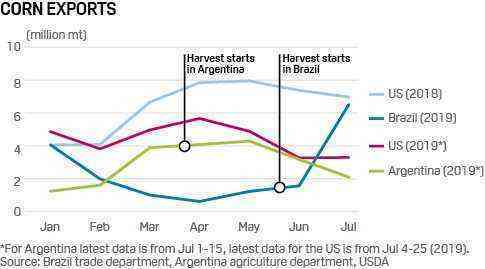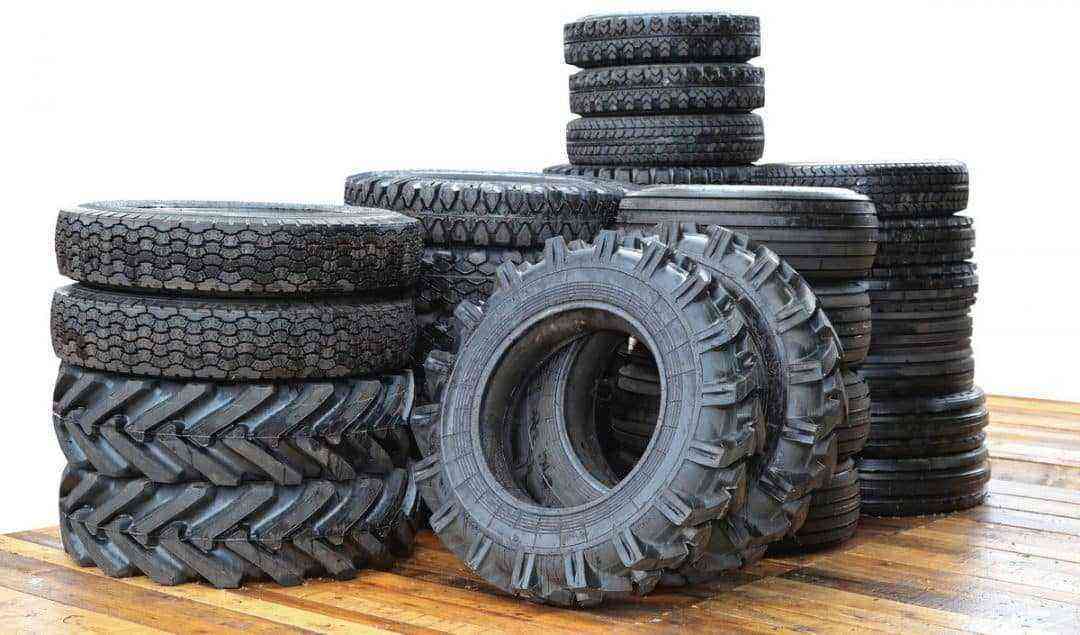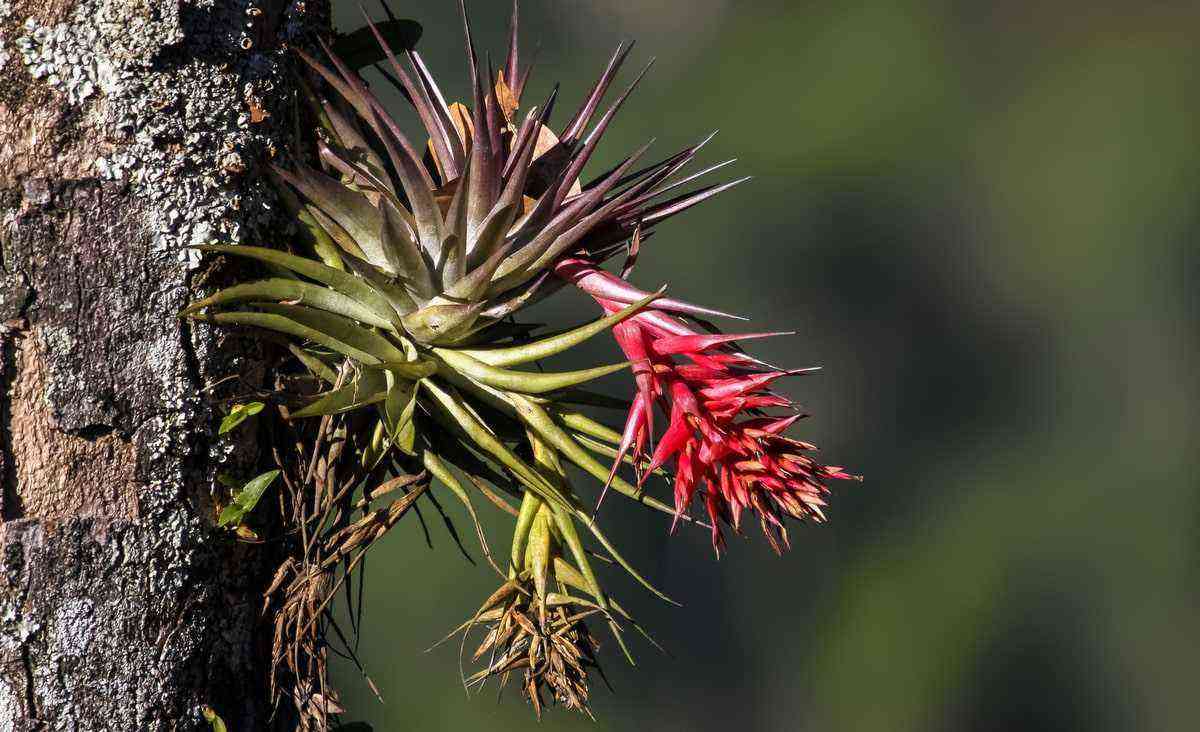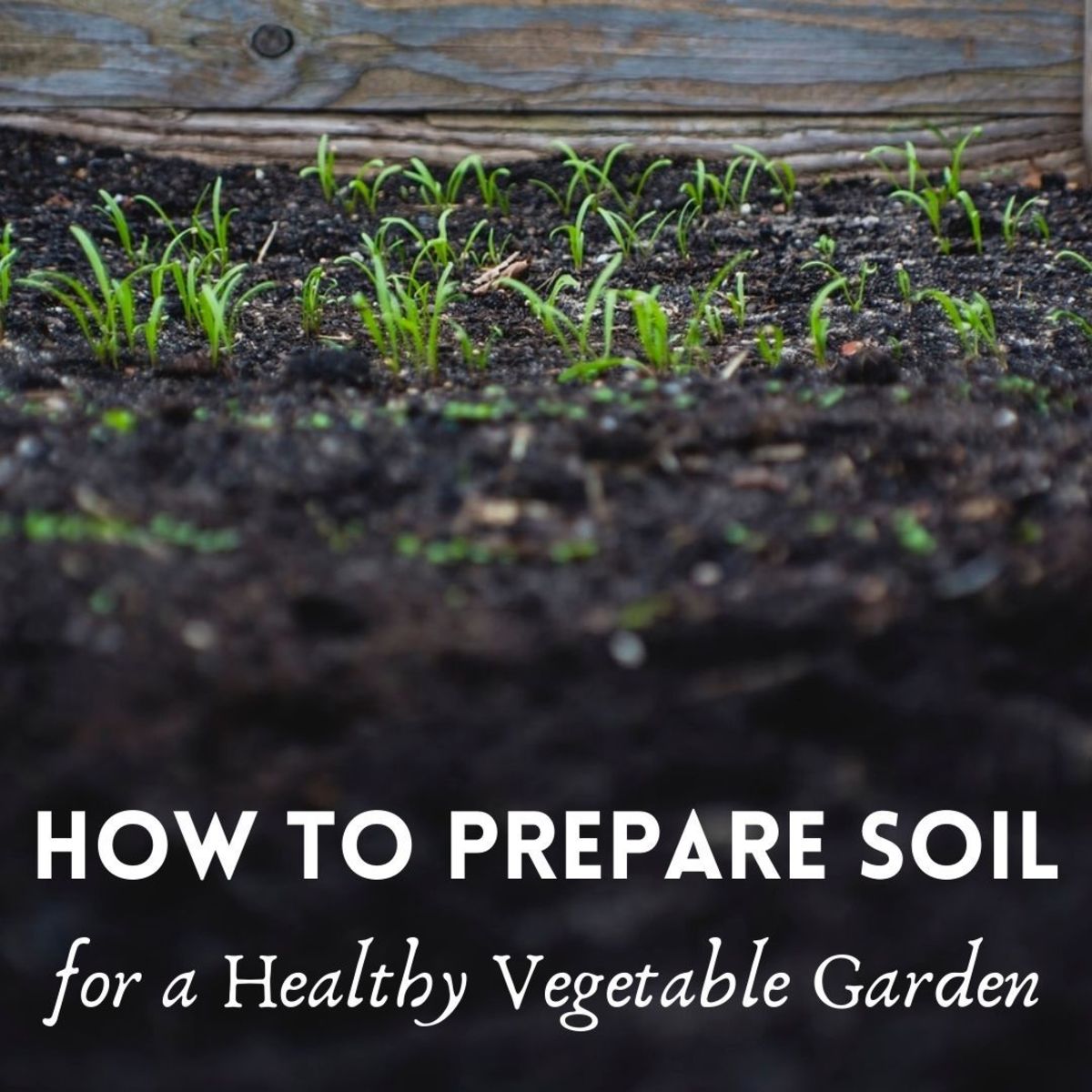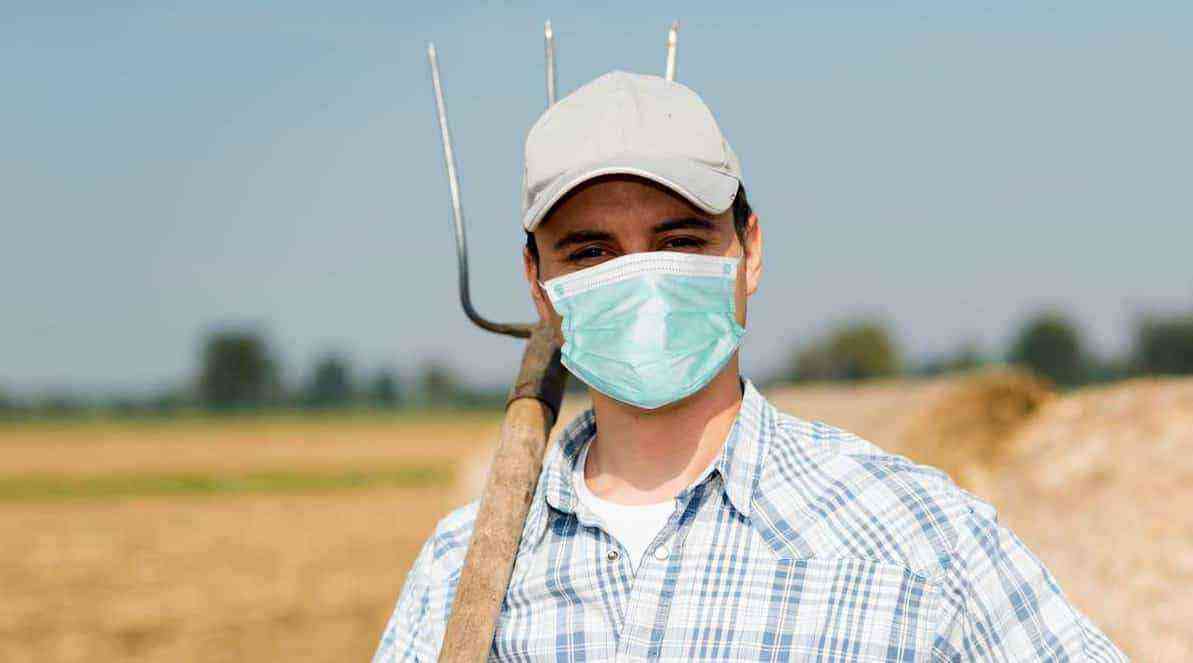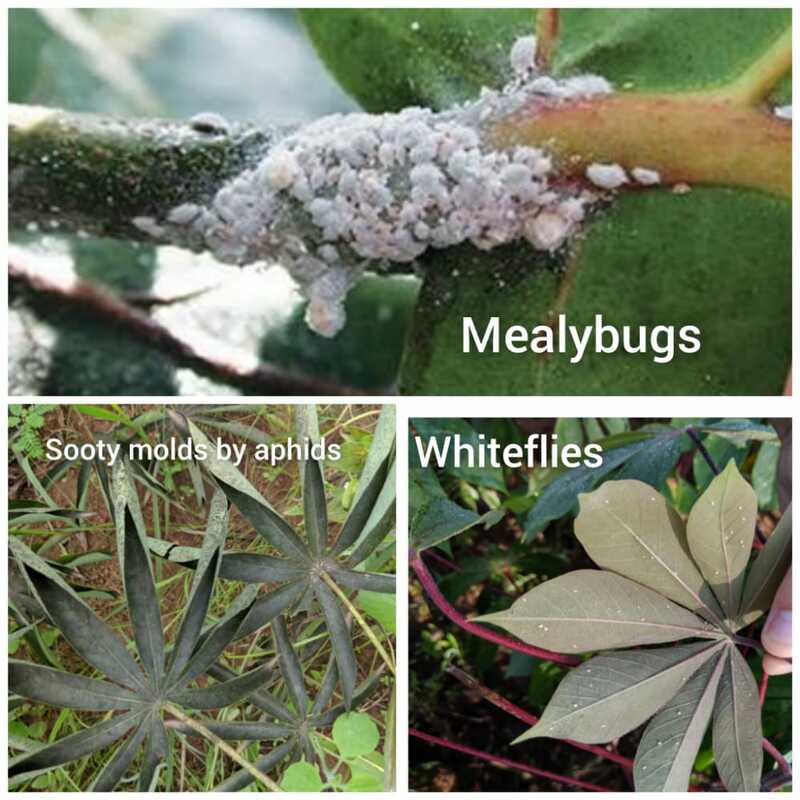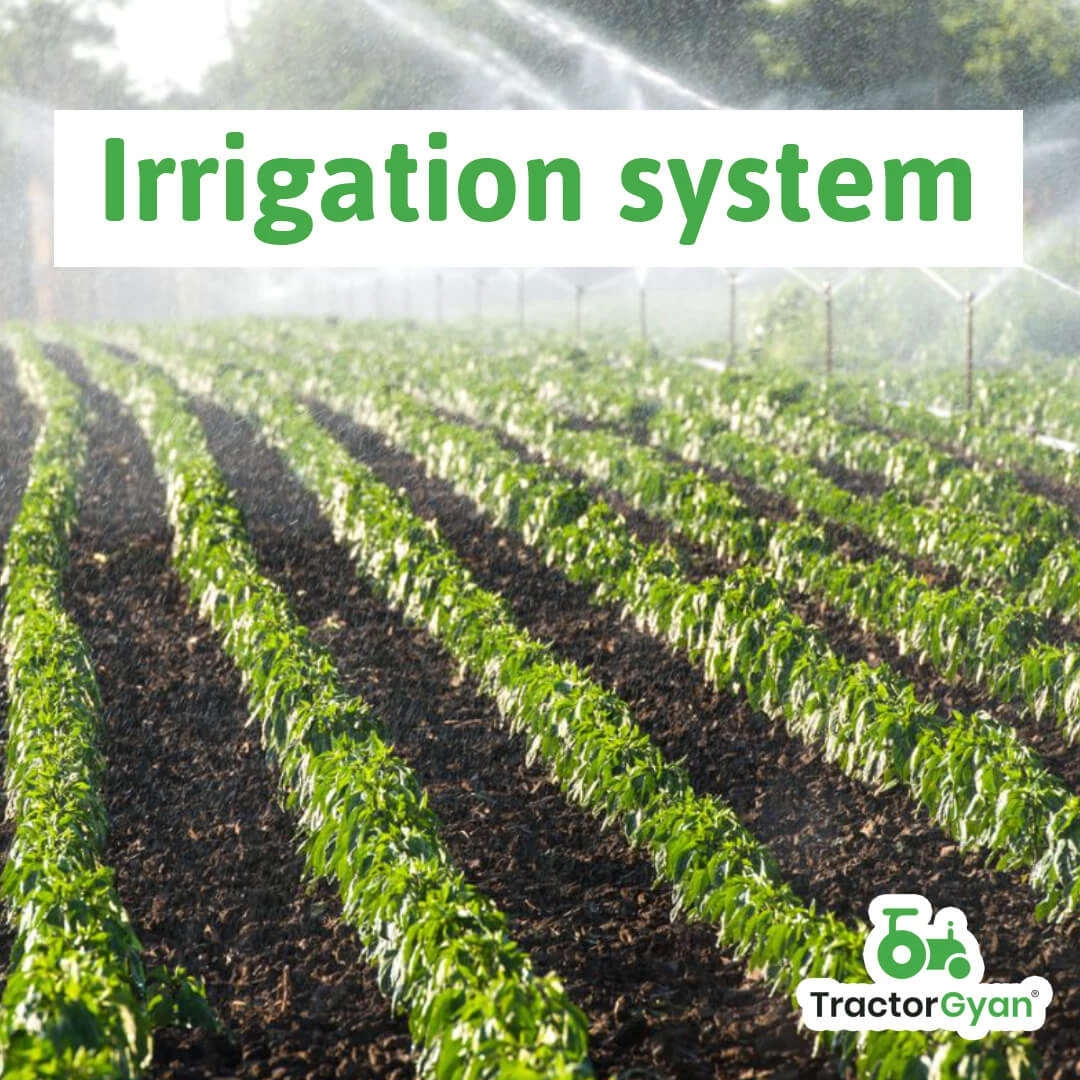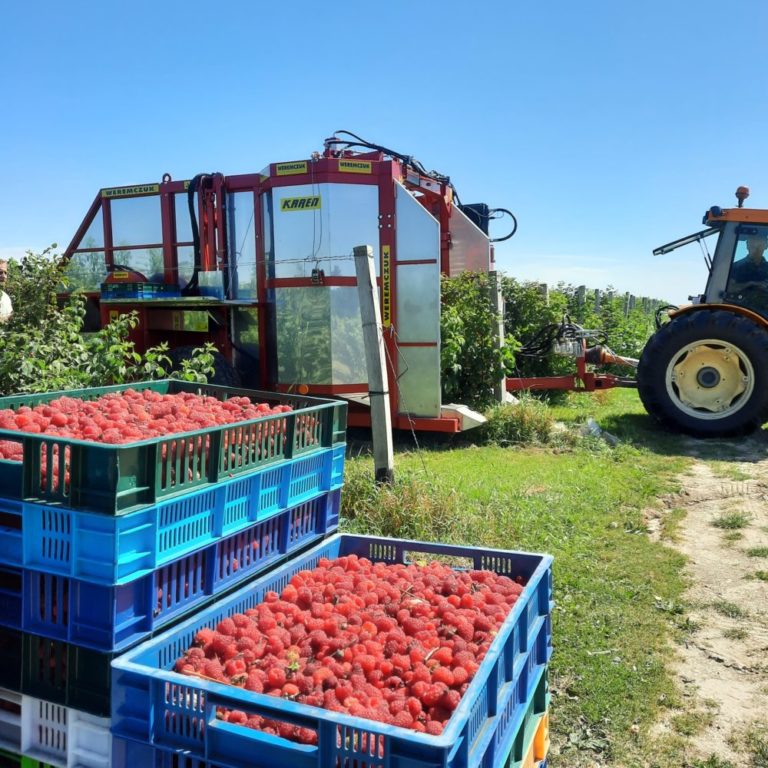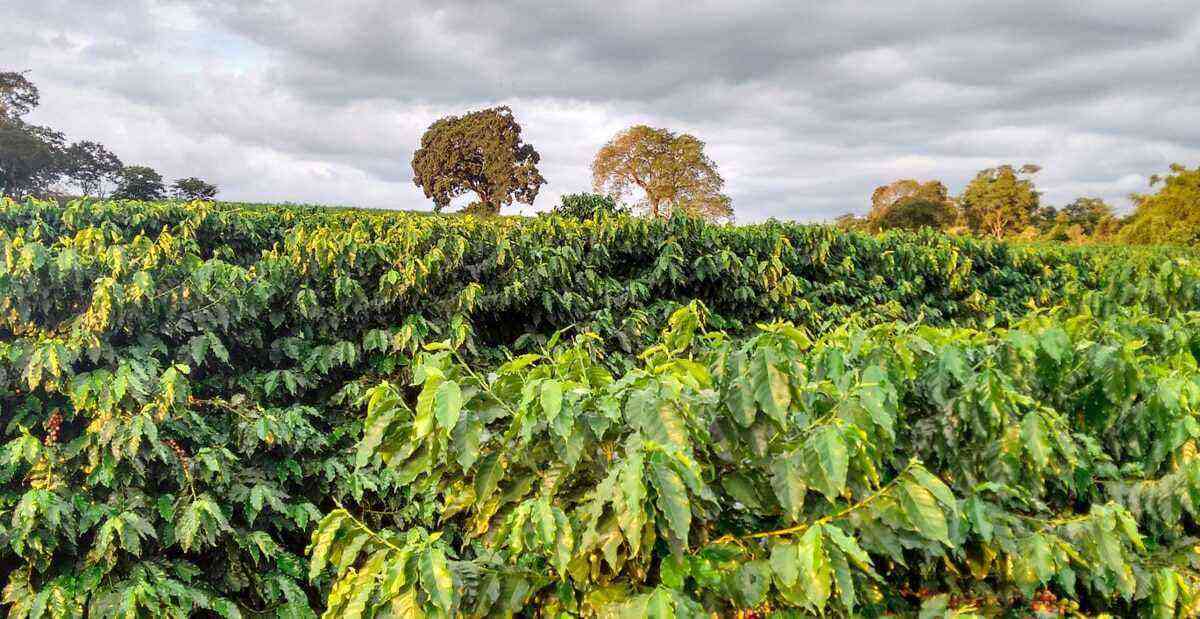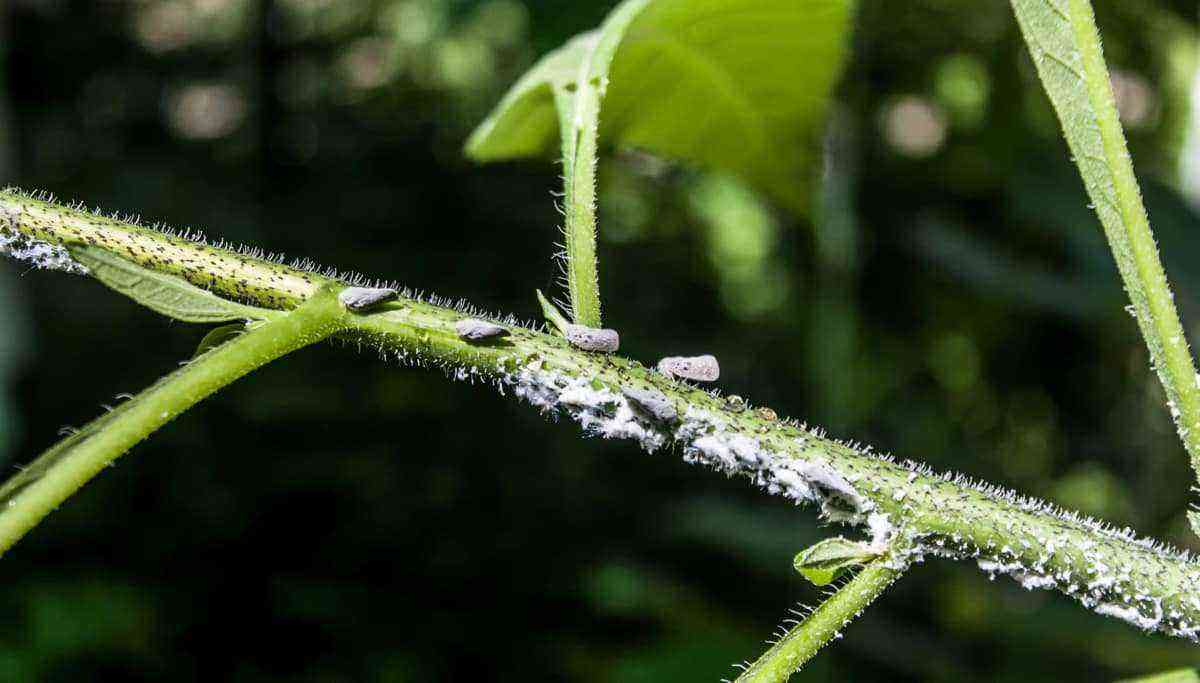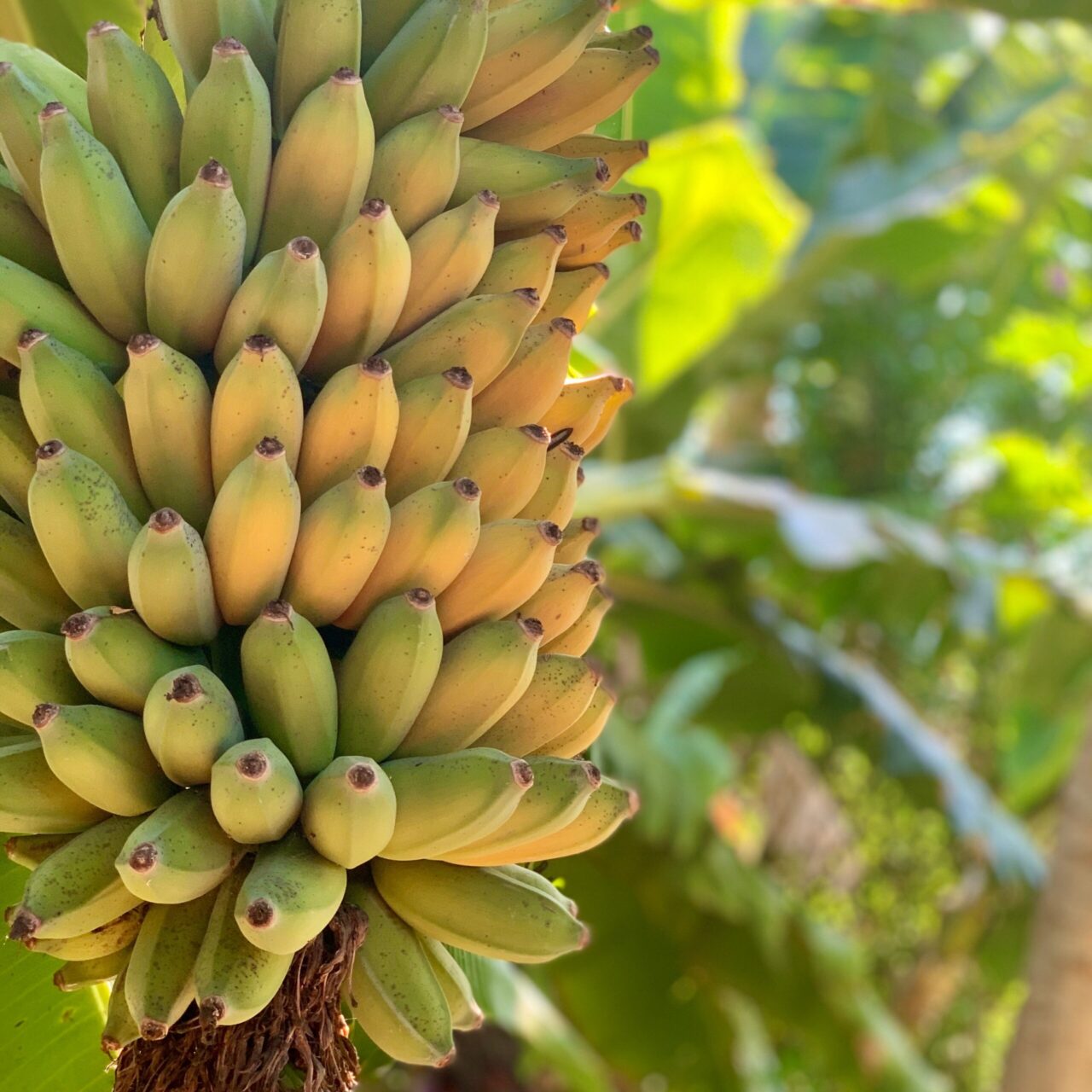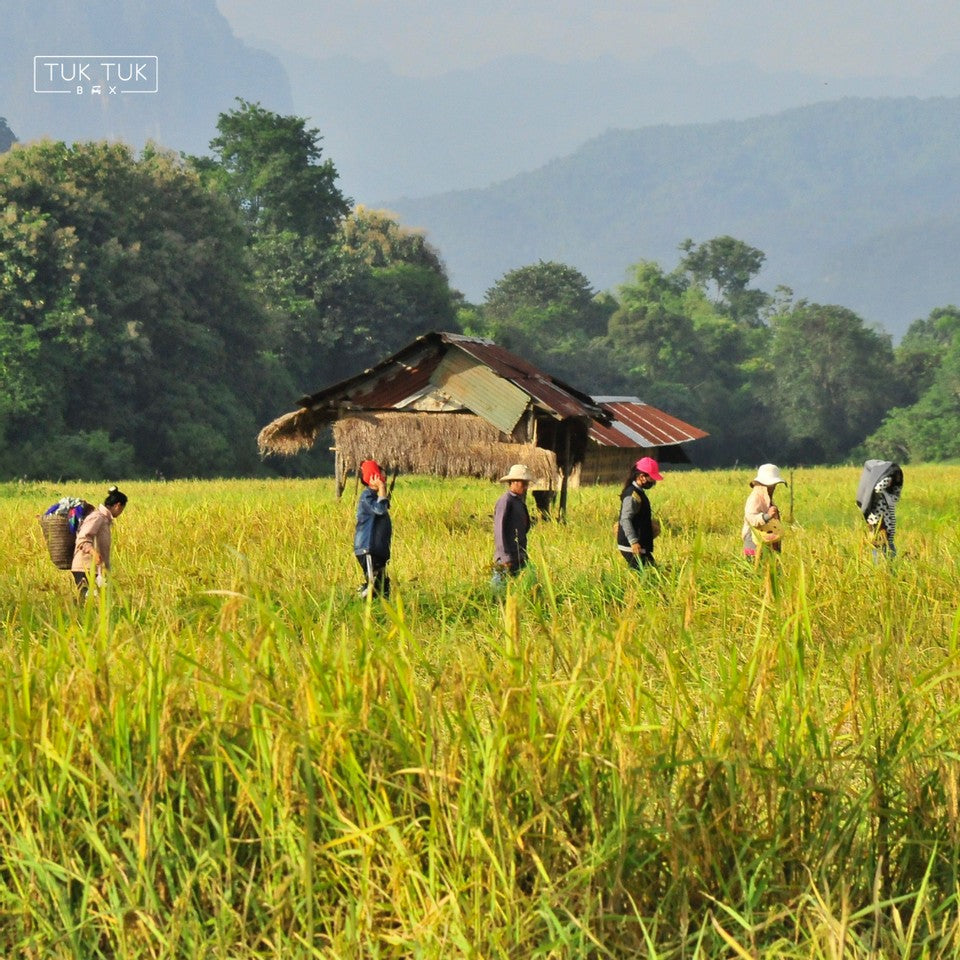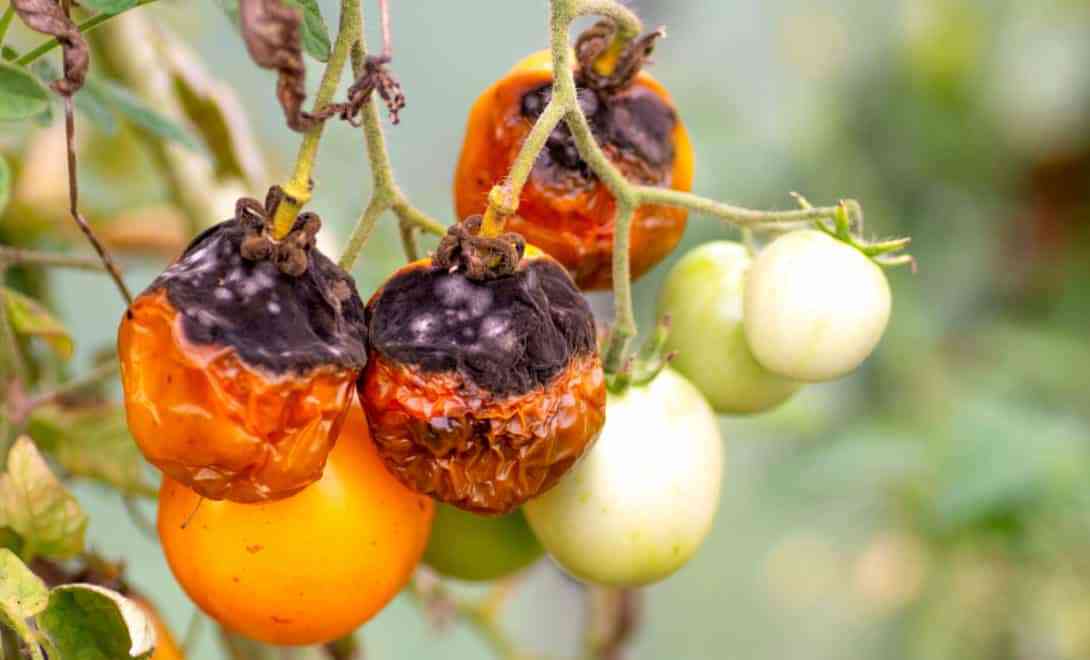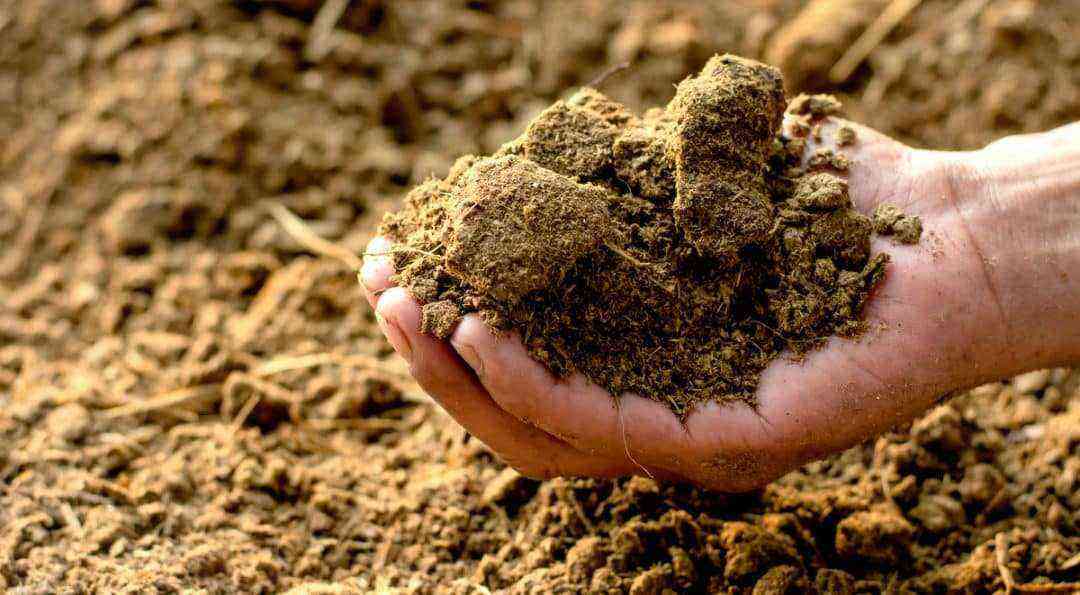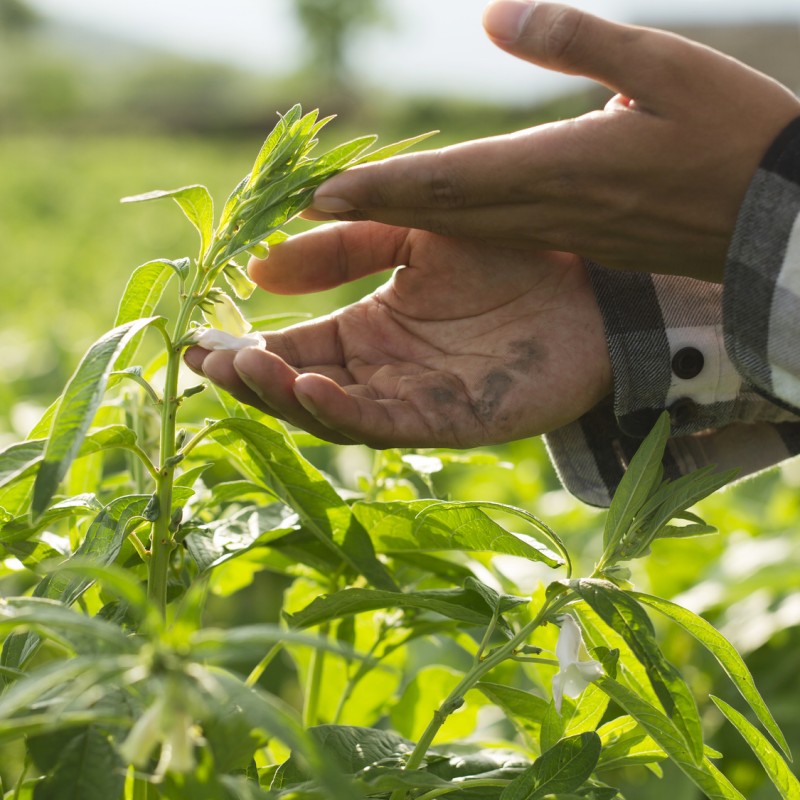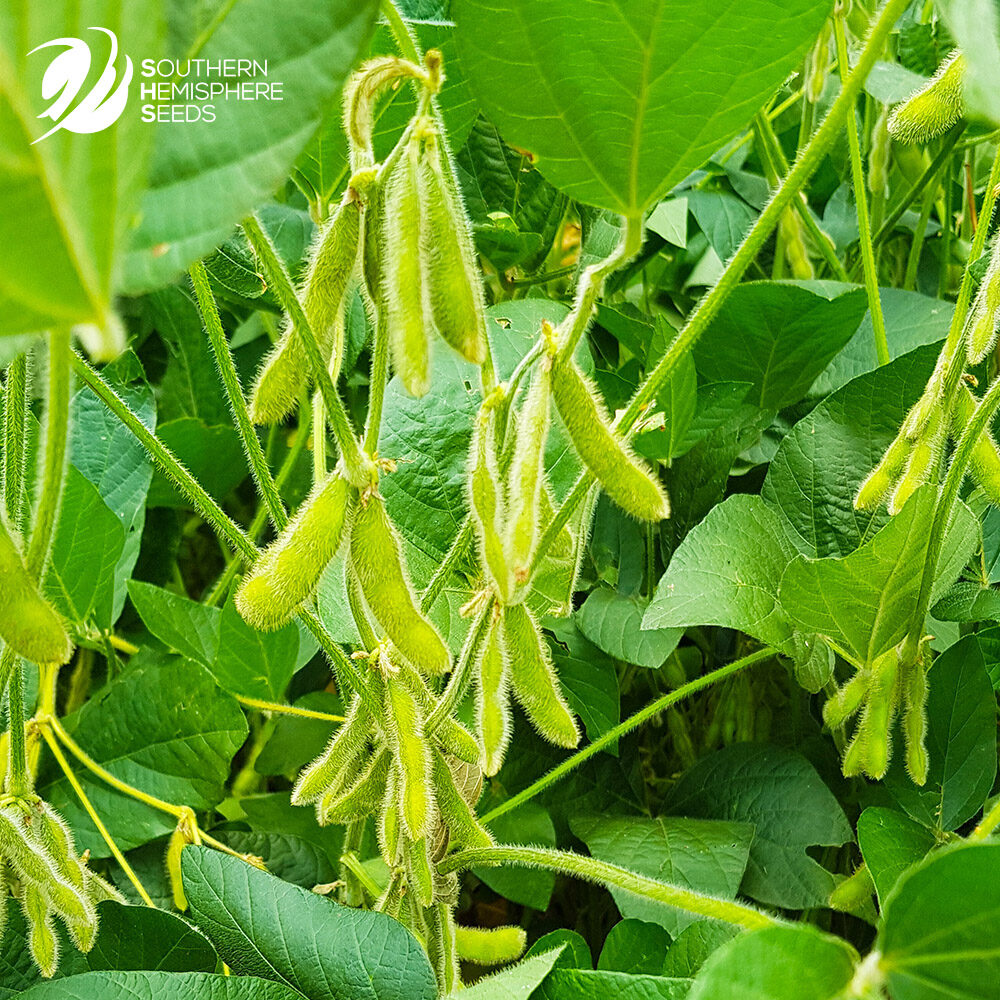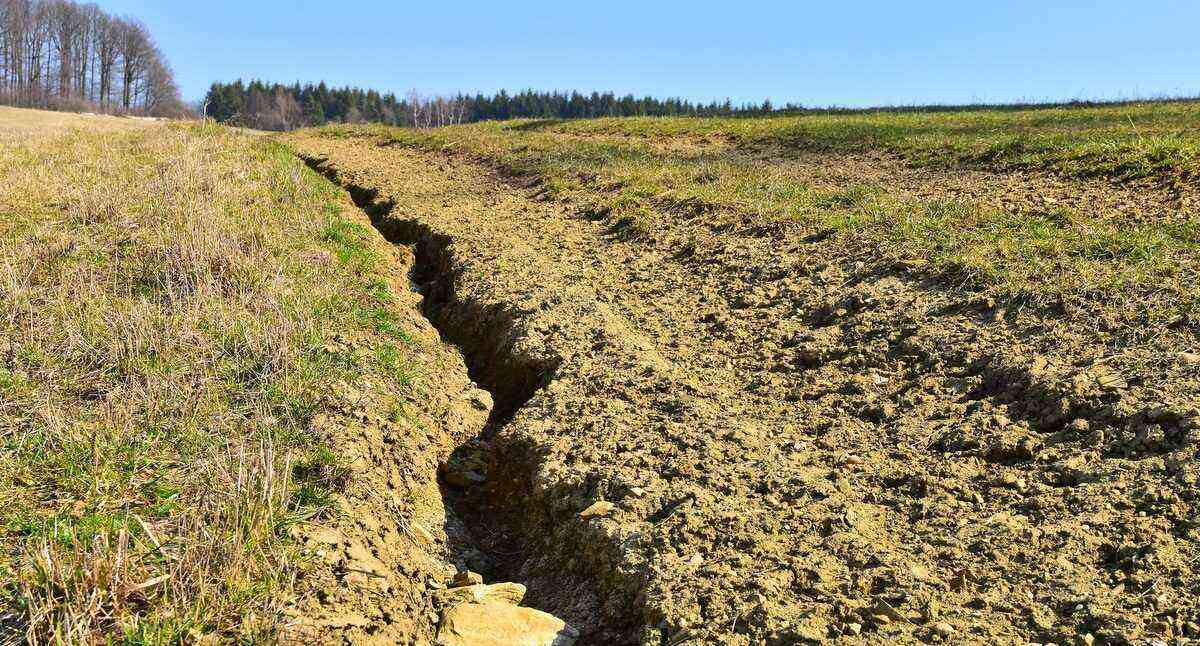Smart soil management is one that will provide optimal productivity for the farmer, not only for one crop, but also for the long-term viability of the land.
That’s because soil is a limited natural resource, and some of its components need long periods of time to recover.
Therefore, it is necessary to know how to take good care of the land, so that it can remain in a position to produce for as long as possible. Otherwise, a lot of time and money could be wasted in the recovery of this area.
In this text, we will talk about soil management techniques and how to avoid the main mistakes when taking care of this resource. Read on and enjoy this knowledge!
soil conservation
Soil management and conservation are issues that go hand in hand. Soil conservation is the set of agricultural practices aimed at preserving the fertility and physical and microbiological conditions of the soil.
One such practice is ground cover using straw, mulch or vegetation. It serves to increase water infiltration into the soil and decrease evaporation.
Other conservationist practices are green manuring, rotation, intercropping or succession of crops, integrated pest management, in addition to controlling mechanical traffic on the soil, in order to minimize compaction.
Types of handling do solo
Management is the set of all activities applied in the area to carry out agricultural production. There are mainly three types of management: conventional, organic and agroecological.
Conventional handling
In conventional management, liming, deep plowing and nitrogen fertilization practices are used. There are also some management variations such as minimal tillage, no-tillage or semi-no-tillage.
organic management
In organic management, some traditional practices are maintained, such as planting in contour lines, retention strips and contour cords. However, chemical inputs are replaced by inputs of organic origin.
agroecological management
In agroecological management, the objective is that the environmental characteristics are altered as little as possible, preserving soil microorganisms, maintaining plant diversity, and protecting the soil against heating, rain and wind.
Good management allows the maintenance of soil fertility.
No-tillage System
The No-tillage System (SPD) is a type of management in which some conservationist techniques are used, in order to increase soil productivity, causing it to be improved or conserved, for the benefit of the crop.
One of the techniques used is the least possible disturbance of the area where the planting will be carried out, because, in tropical climates, it can lead to increased levels of oxygenation of organic matter, harming the fertilization process.
Another well-known technique of SPD is ground cover with straw. This practice helps protect both the soil and plants from the effects of the sun and weather, keeping moisture in longer, as well as keeping pests away from your crop.
Another advantage of this cover is that it reduces the incidence of aphids, since the contrast between the plants and the soil is considerably reduced.
With no-till, the farmer allows the soil to maintain moisture and fertility, benefiting the planting.
Mistakes to avoid not managing alone
To make a good management, it is essential to avoid some mistakes that can end up harming the physical, chemical or biological characteristics of the soil.
Here are some of the common mistakes at this stage and what you should do to prevent them from happening.
Not acting on the first signs of soil degradation
Taking too long to make decisions regarding soil degradation is a very common mistake.
At any negative sign of a change in the place where the planting is carried out, the causes must be investigated and a solution must be sought, since this problem can worsen more and more and become irreversible.
When handling, pay attention to soil conditions. “Cracks” can mean that it is too dry and erosion can occur, harming the planting of the crop.
After knowing and evaluating the degree of degradation, it is important that the producer choose the correction technique that best adapts to the problem in question.
If you have doubts about what action to take, it is interesting to count on a professional who will do a more in-depth research.
Not preparing the soil in advance
Another mistake often made is not preparing the planting area in advance. In addition, this task needs to be done according to the characteristics of each type of soil. But, why the advance?
This practice is recommended because it allows the application of lime, in addition to enhancing the efficiency of the fertilizers that were added during the development of the crop.
Therefore, the seeds will germinate much faster and within the predicted standards, in addition to making them better absorb water and nutrients from the soil during their growth phase.
By preparing the planting area in advance, the farmer can make the necessary corrections to ensure fertility.
Not investing in an agronomist to carry out a soil analysis
It is important to hire a professional who understands a lot about this area, so that he can carry out a thorough analysis of the place where the crop will be established.
In this way, the initial investment will certainly result in a long-term profit, allowing the farm to have maximum use and profitability. Otherwise, you can bring negative consequences to the soil, making it unproductive.
In the video below, check out the importance of carrying out soil analysis for planting in order to improve the productivity of the property, reduce costs and, at the same time, protect the environment:
Source: Rio Grande Rural.
Finally, understanding better about how to manage the soil and what are the main mistakes to avoid when taking care of this resource so important to the farmer, it will be possible to leave the agricultural area always fertile and in excellent conditions, resulting in quality food.
By the way, as the subject is the correct management of the agricultural area when planting crops, our reading suggestion is to access our post on how to correct the soil, to clear all your doubts. Good reading!
How about enhancing this care with quality inputs and tools? Access the MF marketplace and check out our products!
